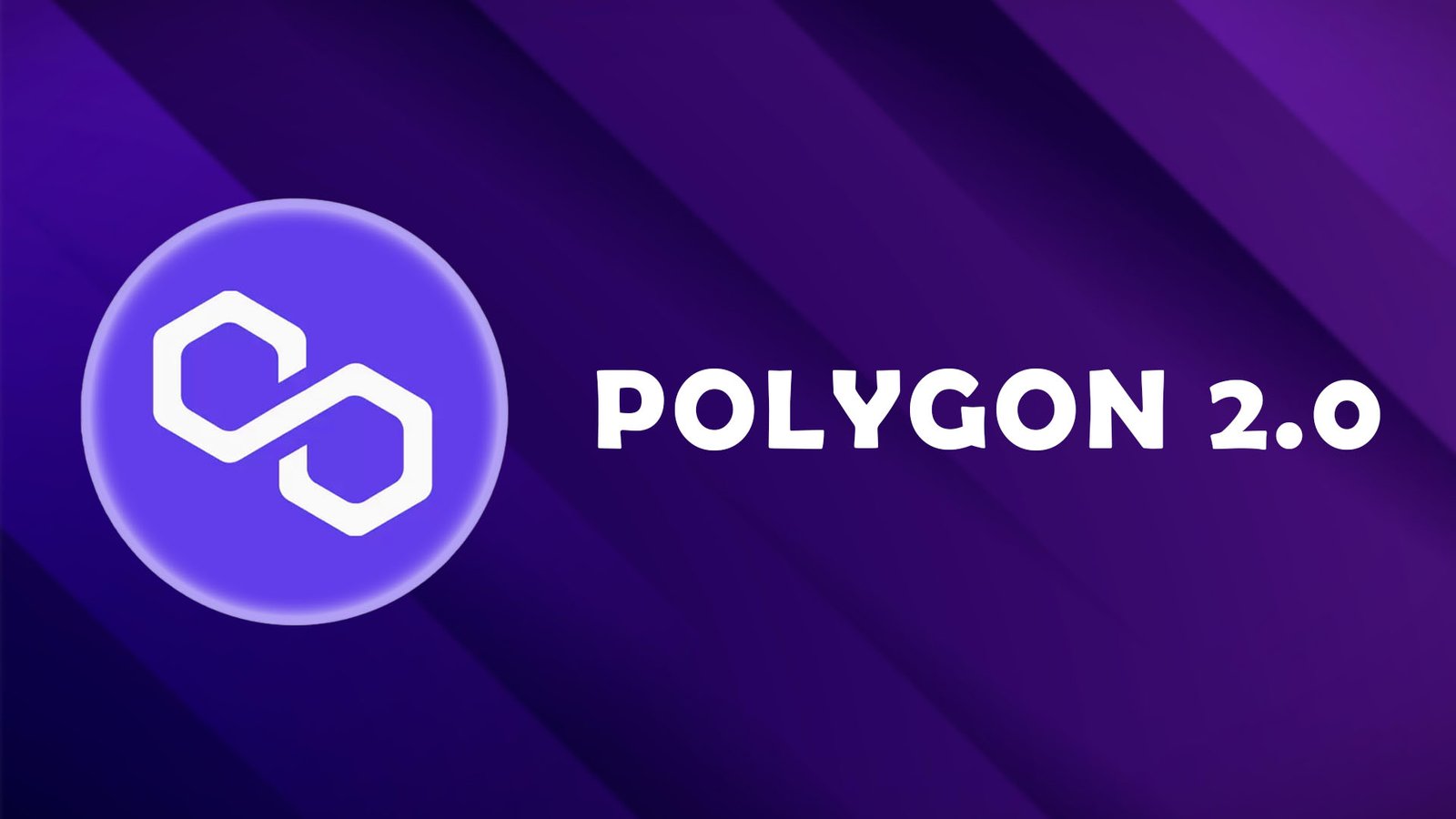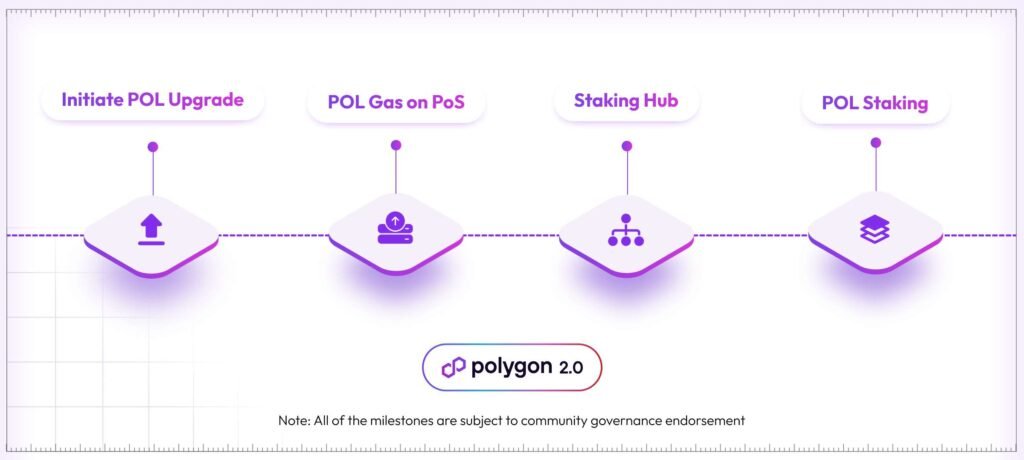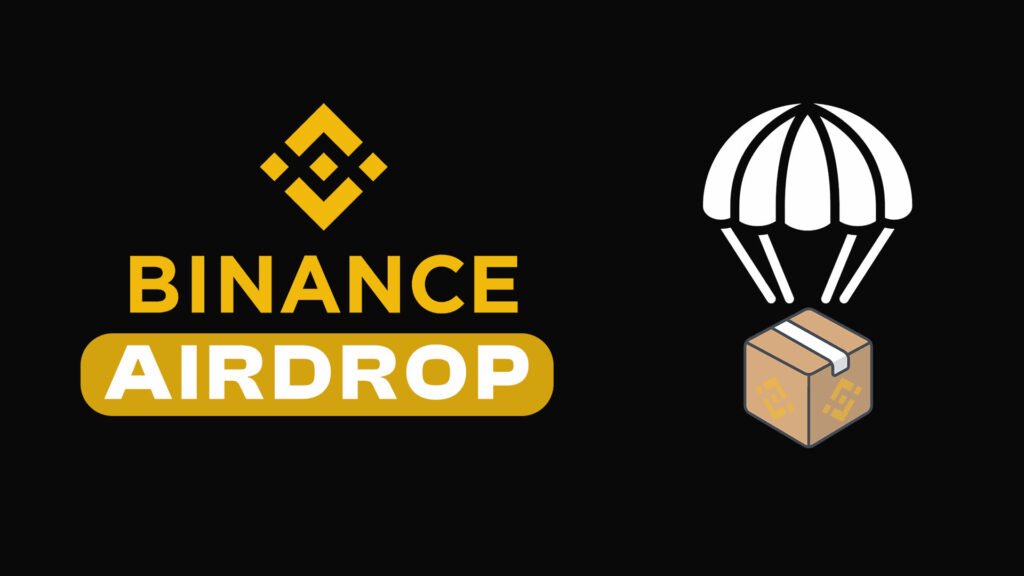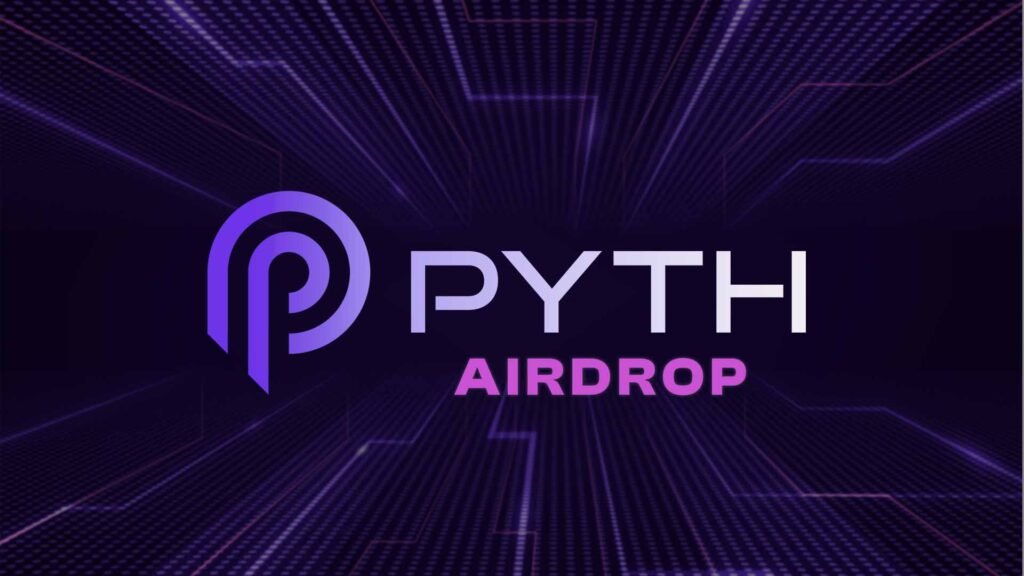Polygon Labs Unveils Trio of Proposals to Kickstart Phase 0 of Polygon 2.0

Polygon 2.0, a highly anticipated project within Polygon Technology, has officially started its implementation phase. This initiative aims to create a seamless layer-2 Ethereum ecosystem using advanced zero-knowledge cryptography techniques.
Polygon Labs, the team behind Polygon Matic, announced the commencement of the Polygon 2.0 implementation on September 14 via X (Twitter). The announcement was presented with the release of a Phase 0 roadmap and three key proposals.
Phase 0: A Crucial Milestone
Phase 0 is a crucial beginning of the development of Polygon 2.0. Its main significance is the introduction of four significant protocol modifications, which mark the beginning of the Polygon 2.0 era.
The following significant upgrades will be incorporated into Ethereum contracts:
- The start of the shift from the MATIC native token to POL.
- Adoption of the POL token as the primary gas token for the Polygon proof-of-stake (PoS) blockchain.
- The POL token takes on the role of the staking token for the PoS blockchain.
- Introduction of the Staking Layer and the migration of Polygon public chains to utilize this new infrastructure.
Also read: Can Polygon Reach $100 dollars?

What are the Three Polygon Improvement Proposals (PIPs)?
The improvement proposals (PIP) unpacked by Polygon Labs lay out the specific changes that will begin in early Q4 of this year. The PIPs published showed the technical details of the major components for the improvement of Polygon 2.0.
PIP-18: Phase 0 of Polygon 2.0
The PIP-18 proposal describes the technical specifications for Phase 0 of establishing a network of linked L2 chains that scale Ethereum to the size of the internet. This includes a plan for switching from MATIC to POL tokens, which will serve as the native (gas) token for the Polygon PoS ecosystem, as well as POL token transition specifications.
PIP-17: PoL Token
This proposal, known as PIP-17, outlines POL together with supporting contracts that will take care of token migration and emission. Existing MATIC tokens may be transferred into POL tokens at a 1:1 ratio. The PIP mentions a 10 billion initial supply and a 2% annual emission that is split equally between validator staking rewards and a community treasury.
PIP-19: Update Polygon PoS Native Token to POL
This proposal, known as PIP-19, aims to transition Ploygon PoS’s native gas token from MATIC to POL while maintaining the greatest amount of backward compatibility. Additionally, it said that the native token’s attributes would not change and that none of the contacts on Polygon PoS would be altered.
Does the Implementation Affect Users of the Polygon Ecosystem?
The Polygon ecosystem is about to undergo a major change in the decentralized world. They’re introducing Polygon 2.0, a plan to create a network of connected chains that use advanced technology to make Ethereum as big as the Internet. Basically, they are making it the value layer of the Internet.
Users in the ecosystem might worry about this big shift because Polygon 2.0 means a complete makeover with new technology and ways of handling tokens. But here’s the good news: the first three PIPs outline claims that these changes won’t immediately affect how you use Polygon.
The Polygon team wants you to be part of this journey by giving your thoughts on these changes in the PIPs.
Users are encouraged to participate in the governance process by contributing to the forum and sharing their thoughts. The ecosystem of Polygon will be shaped in the future through user participation.
The Bottom Line
If the community approves of the aforementioned suggestions, it is predicted that those implementations will start as early as Q4. Polygon 2.0 has the ability to improve not only its own ecosystem but also the larger blockchain and decentralized technology landscape as it advances into this revolutionary phase.
The community’s active engagement will be crucial to the success of Polygon 2.0, making the road there exciting.
This advanced version of Polygon marks an important step forward in the world of blockchain and cryptocurrency.
You may also like
Note: This article does not provide financial advice.






